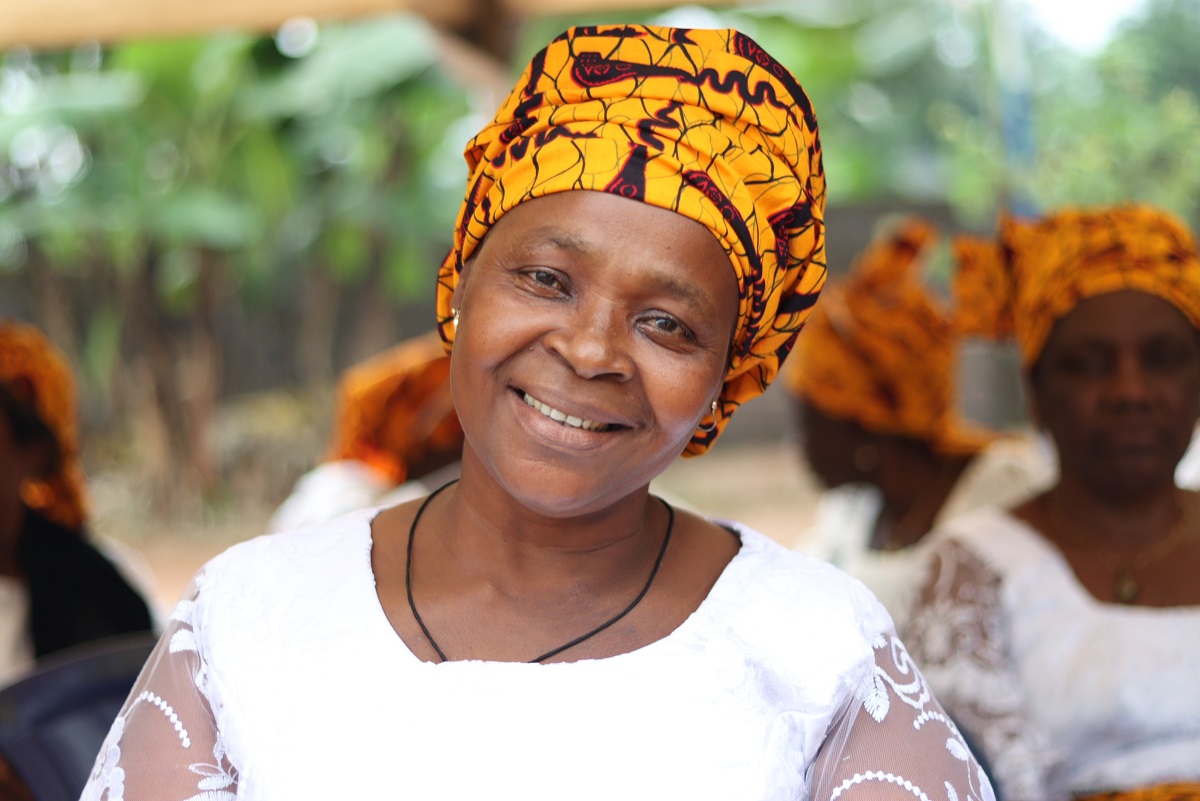
The world is a tapestry of diverse cultures, each weaving its unique traditions, customs, and rituals. One such tradition that has not only endured but also evolved into a modern accessory is the African sleep cap. In this article, we will explore the cultural significance, history, and contemporary relevance of African sleep caps, shedding light on how they have transitioned from a functional item to a stylish and symbolic accessory.
The Rich History of African Sleep Caps
Sleep caps, often intricately designed and decorated, have been a part of African culture for centuries. These caps were traditionally crafted from a variety of materials, including cotton, silk, and even woven grass. Their primary function was to protect the hair while sleeping, preventing breakage, and preserving intricate hairstyles. But these sleep caps were far more than just functional; they carried deep cultural significance.
Cultural Significance:
In many African societies, the act of grooming and adorning the hair held profound cultural and spiritual meaning. Hairstyles were used to communicate a person's age, marital status, social rank, and even their spiritual beliefs. The sleep cap played a crucial role in preserving these hairstyles and the symbolism associated with them.
Handcrafted Beauty:
African sleep caps were often handcrafted with exquisite attention to detail. Skilled artisans would embroider, bead, and embellish these caps, turning them into works of art. The patterns and designs were not just aesthetically pleasing but also carried symbolic messages, representing aspects of the wearer's identity and heritage.
Transition through Time:
As African cultures evolved and the world became more interconnected, the use of sleep caps transitioned from a strict cultural tradition to a functional necessity. People from African diaspora communities around the world continued to wear them to protect their hair and preserve their cultural identity.
The Modern Resurgence of African Sleep Caps
In recent years, African sleep caps have seen a resurgence in popularity, not only within African and African diaspora communities but also among people from diverse backgrounds who appreciate their cultural significance and functional benefits. Several factors have contributed to this modern revival:
Cultural Pride:
In an increasingly globalized world, many individuals from African backgrounds are rediscovering their roots and taking pride in their heritage. Wearing an African sleep cap is a way to connect with one's culture and celebrate a rich history.
Hair Care Awareness:
As more people become aware of the importance of proper hair care, especially for textured hair types, the demand for protective styles and accessories like sleep caps has grown. African sleep caps provide an effective solution for maintaining healthy hair.
Fashion and Self-Expression:
Beyond their functional purpose, African sleep caps have become a fashion statement and a form of self-expression. The vibrant colors, intricate patterns, and unique designs allow individuals to showcase their style and personality.
Supporting Artisans:
Many people are choosing to purchase authentic, handcrafted African sleep caps from artisans in Africa and the diaspora. This supports local economies and helps preserve traditional craftsmanship.
Styles and Varieties of African Sleep Caps
African sleep caps come in a wide range of styles and varieties, each reflecting the diversity of African cultures and the creativity of contemporary designers. Here are some popular styles:
1. Kente Sleep Caps:
Kente cloth, known for its bold and colorful patterns, is often used to create stylish sleep caps. These caps celebrate the heritage of the Ashanti people of Ghana and are adorned with intricate geometric designs.
2. Ankara Sleep Caps:
Ankara fabric, a vibrant and colorful cotton material popular in West Africa, is used to craft sleep caps that are both fashionable and functional. These caps often feature bold, eye-catching prints.
3. Beaded Sleep Caps:
For those looking for a touch of elegance, beaded sleep caps are a stunning choice. These caps are adorned with beads and often incorporate traditional African beadwork techniques.
4. Embossed Leather Sleep Caps:
In some African cultures, leather is a symbol of status and prestige. Embossed leather sleep caps pay homage to these traditions while providing a luxurious and protective option for modern wearers.
5. Turbans and Headwraps:
Many African sleep caps are designed as turbans or headwraps, offering a stylish and versatile accessory that can be worn both for sleep and as a fashionable head covering during the day.
Embracing African Sleep Caps Today
African sleep cap have evolved from a functional necessity to a cultural statement and stylish accessory. They represent a connection to African heritage, a celebration of diversity, and a symbol of pride. Whether you wear one to protect your hair, express your style, or simply appreciate the artistry and history behind them, African sleep caps are a beautiful and meaningful addition to contemporary fashion and culture. As they continue to gain popularity, they serve as a reminder of the enduring legacy of African traditions in an ever-changing world.



























